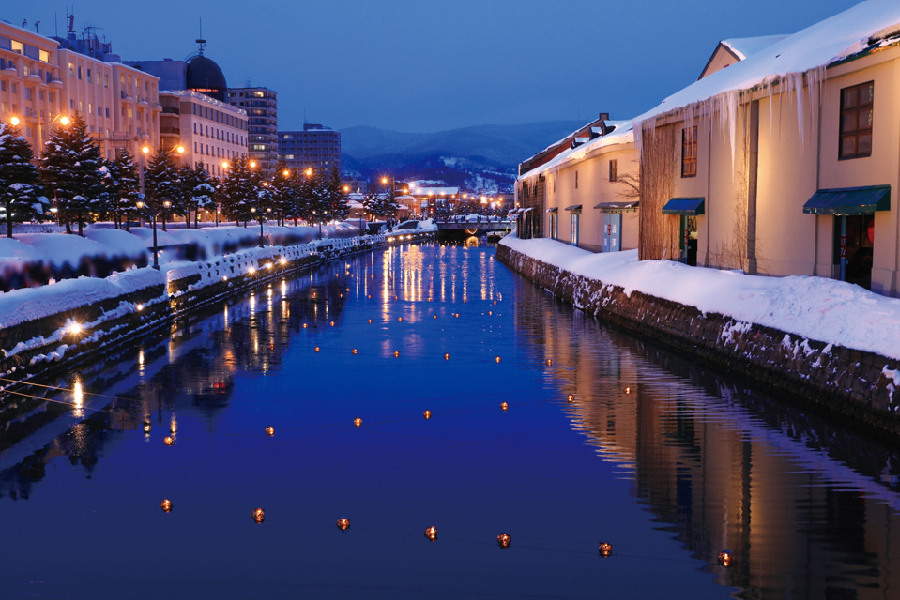
2019, Otaru Canal during the Otaru Snow Light Path
【Pre-1923】
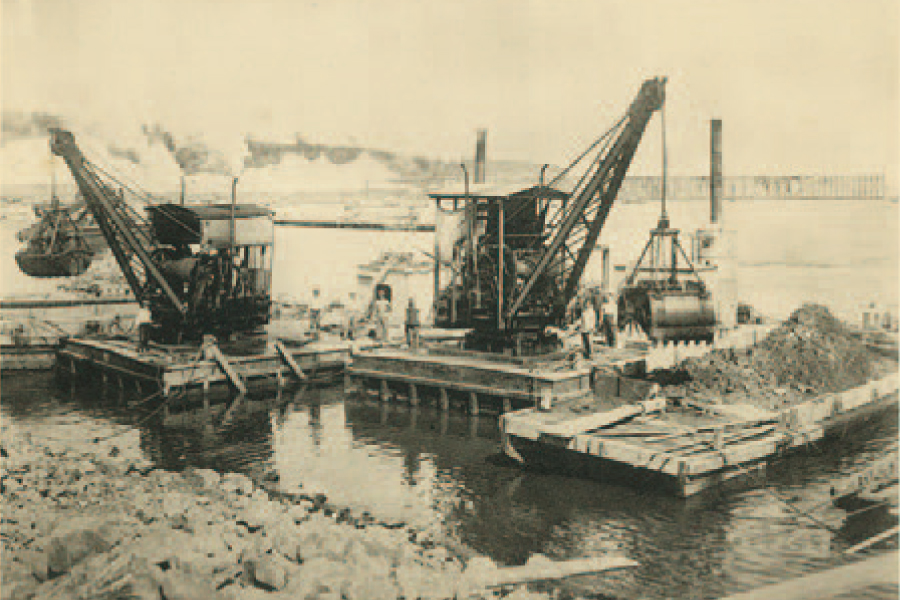
Priestman-type Dredger Operation
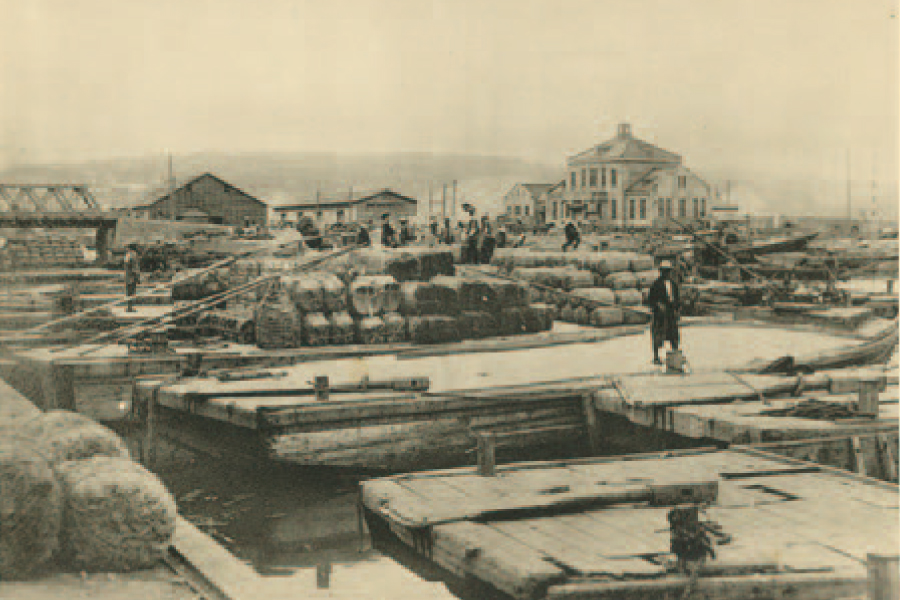
Loading and Unloading at the Canal
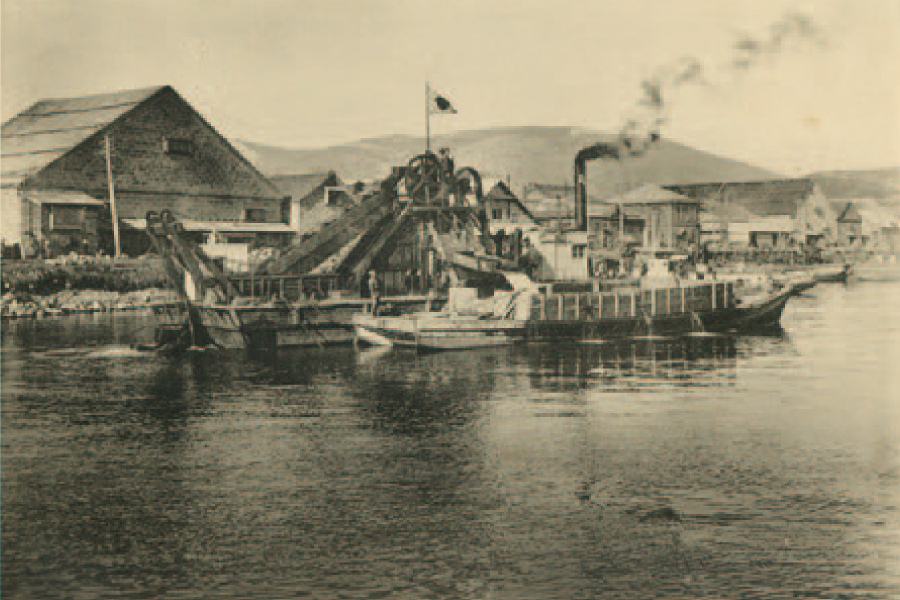
Bucket Dredger Operation
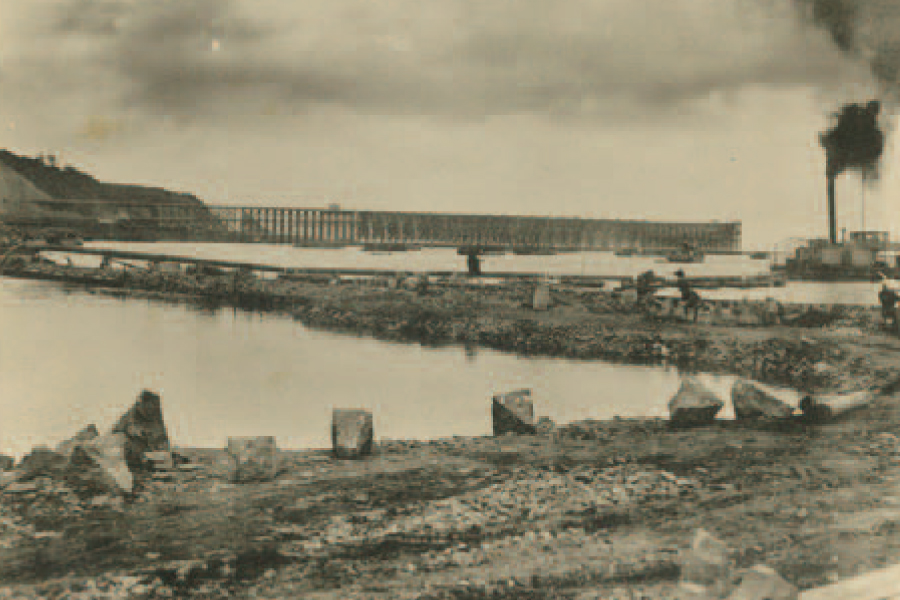
Pump Dredger Operation

Priestman-type Dredger Operation

Loading and Unloading at the Canal

Bucket Dredger Operation

Pump Dredger Operation
A paved walkway and gas lamps line this historic canal, and former warehouses now house restaurants, stores, and museums. Otaru Canal is both a reminder of the city’s history as a vital trading port in the early twentieth century and a symbol of local preservation efforts.
In the early twentieth century, Otaru was the largest commercial port in northern Japan. Merchant ships brought goods and provisions from Honshu, then returned laden with herring caught near Otaru. Barges plied the bay, ferrying goods and passengers between the ships and shore. Coal was shipped across the country to fuel Japan’s industrial growth, brought to Otaru via Hokkaido’s first train line, opened in 1882.
As trade through the port increased, the shoreline became congested with barges. From 1914 to 1923, a string of narrow islands were reclaimed parallel to the shore, with a 40meter-wide waterway between. The waterway provided additional mooring space for the barges and later became known as the Otaru Canal.
Eventually, large cargo ships replaced wooden sailing ships, and in 1937, a new wharf allowed ships to dock and unload without using barges. Around the same time, the main source for the nation’s energy needs shifted from coal to oil, eroding Otaru’s position as a major port. The canal fell into disuse.
When plans emerged to reclaim the canal and remove neighboring warehouses for road expansion in 1966, local residents campaigned to save the area. After reaching a compromise in the 1980s, much of the canal and surrounding warehouses were restored. The north side of Otaru Canal remains much as it was, lined with small fishing vessels in place of the barges that once helped build the city’s fortunes.
more Click here for the map